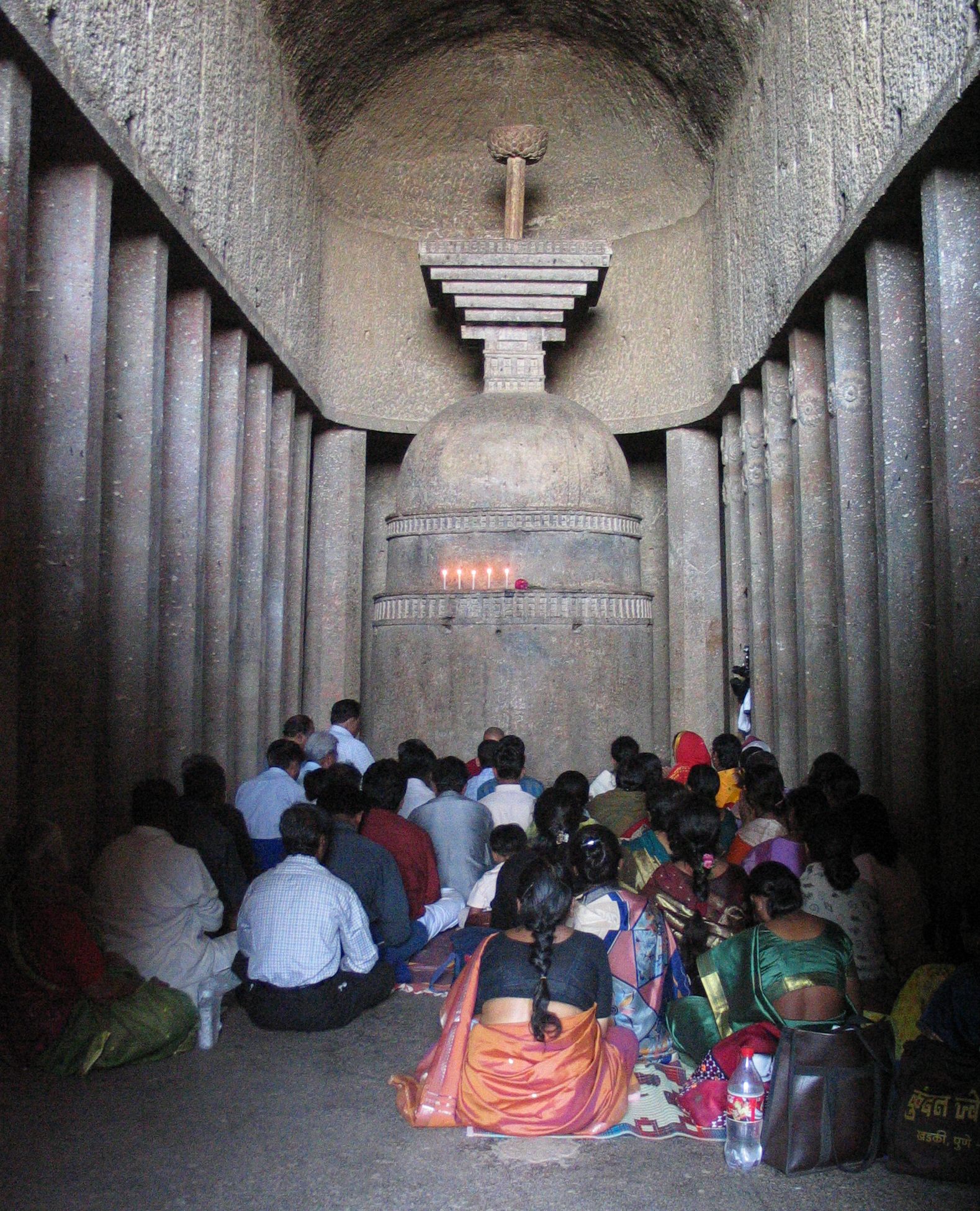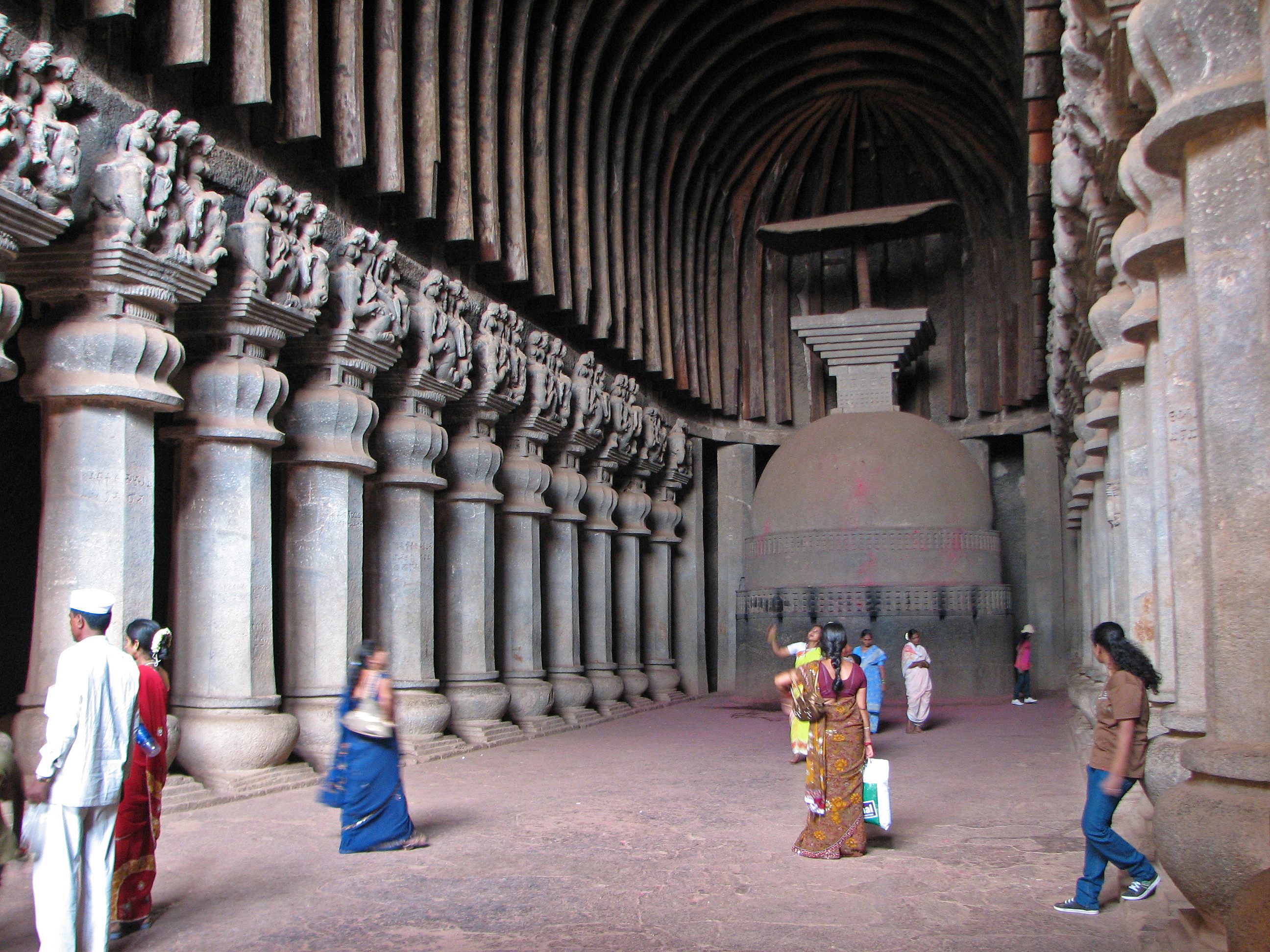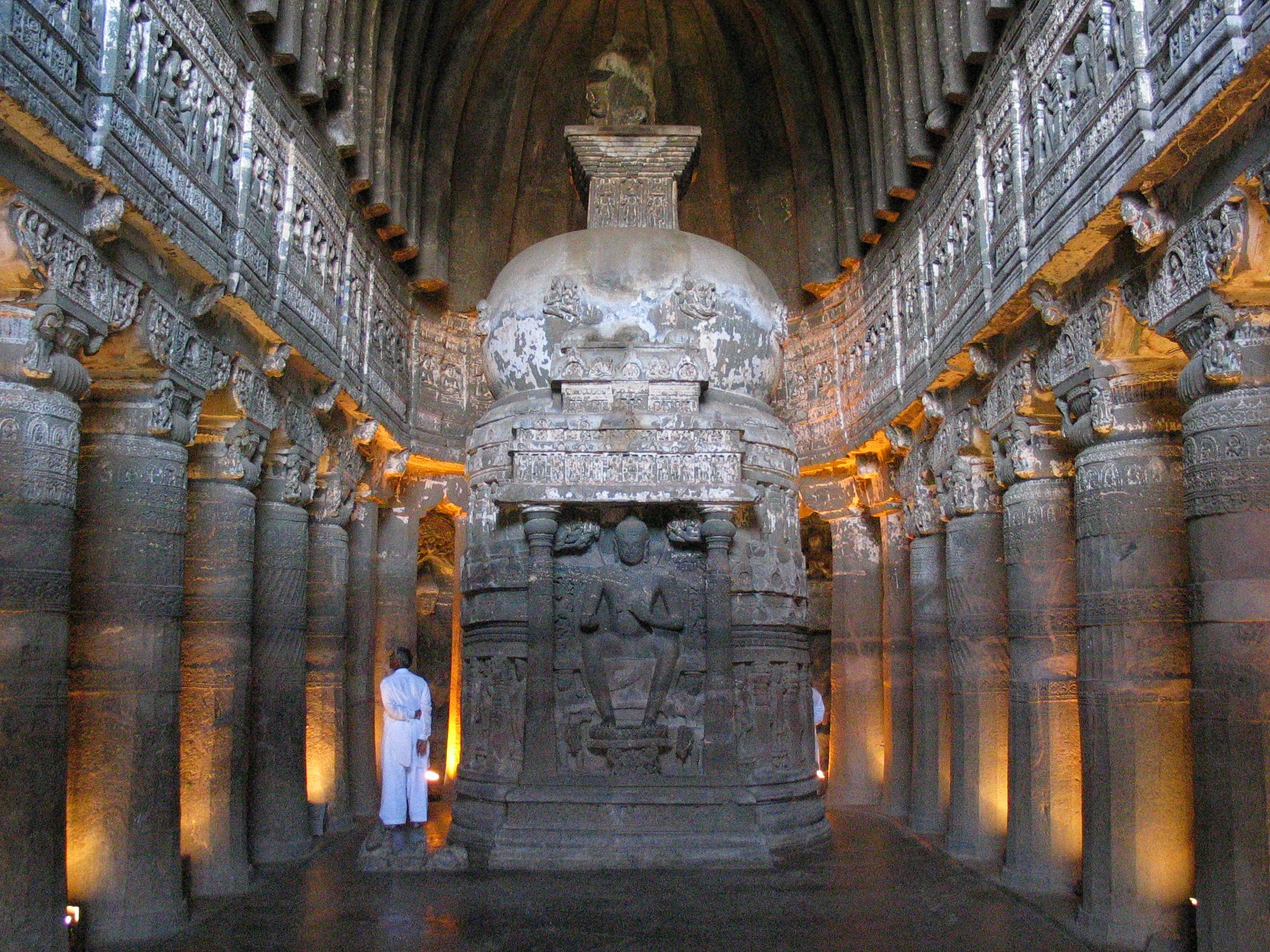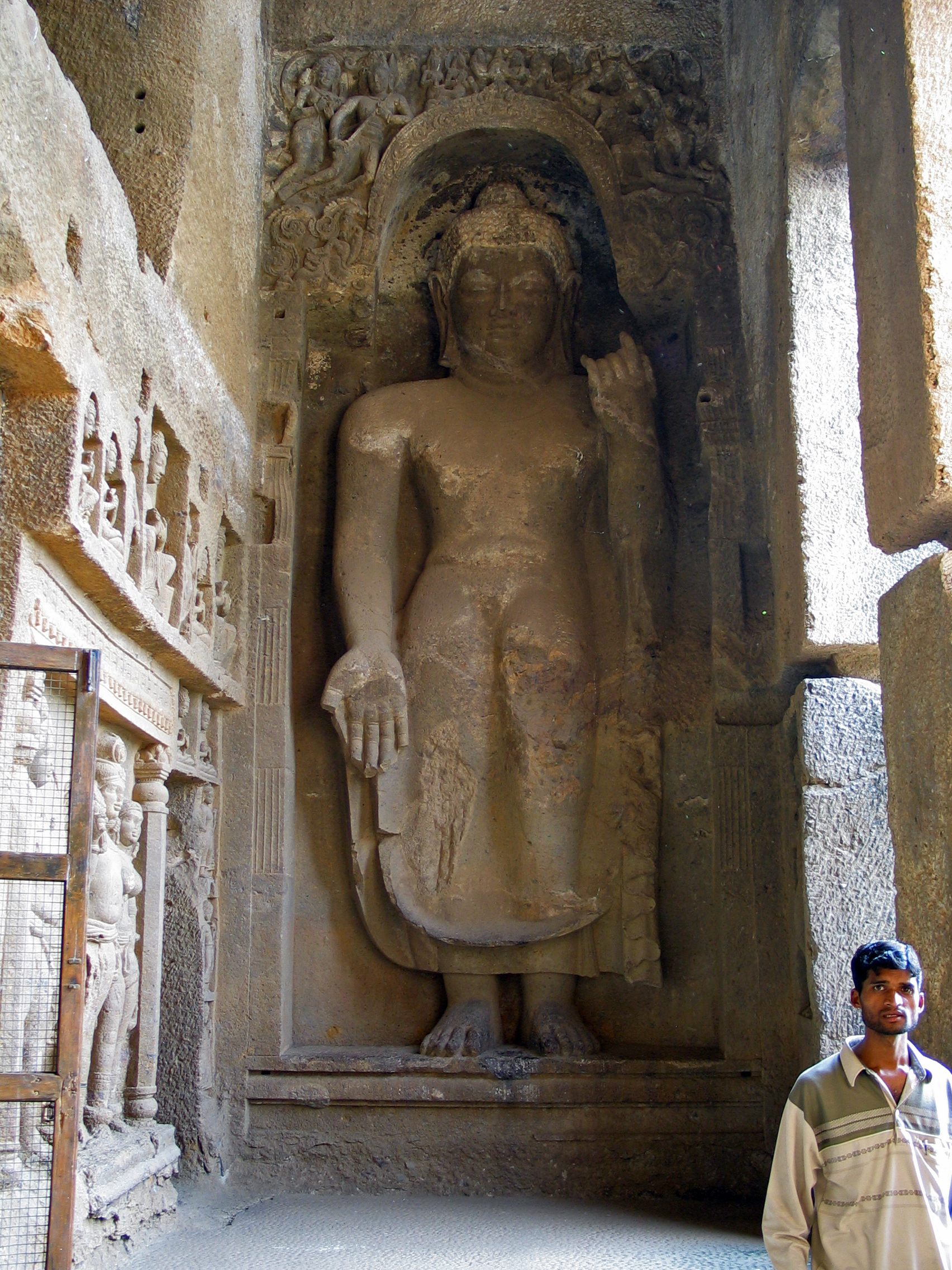Temples Inside Caves Are What Remains of an Ancient Buddhist Society
Western India is home to the last relics of a 2,000-year-old culture.
 The entrance to the Bhaja caves in Maharashtra state, India. (All Photos Courtesy of David Efurd)
The entrance to the Bhaja caves in Maharashtra state, India. (All Photos Courtesy of David Efurd)Two thousand years ago, merchants traversed the monumental Western Ghats to reach India’s busiest ports. This sprawling mountain range was a gateway to traders who facilitated lucrative business deals with the Roman Empire.
The Buddhists who navigated the valleys and hills created a spiritual refuge in the basalt rock, by carving temples from it. These ornate places of worship survive today as relics from an ancient era, providing physical evidence of the architectural traditions that existed in a Buddhist society that has few remaining monuments.
“We have no examples from this period that have survived apart from the caves,” says David Efurd, a professor of art history who spent years photographing cave temples in Maharashtra, India.

 Kanheri cave, like most of the Buddhist temples in the region, is carved out of the think basalt rock in the Western Ghats.
Kanheri cave, like most of the Buddhist temples in the region, is carved out of the think basalt rock in the Western Ghats. Efurd has visited and photographed some 70 cave temple sites in India, where he studied Buddhist architecture as a Fulbright scholar. Roughly half of these fell within his sphere of expertise: caves built and used between the 2nd century B.C. and the 3rd century A.D.
Some of the sites are easy to visit and popular with tourists visiting from Mumbai or Pune, the two biggest cities within range of the caves. Others were so remote he trekked for several hours, relying on the directions of local guides or even 19th century maps. Through his investigations, Efurd has pieced together a picture of the eras in which these incredible structures were built.
 Buddhists still come to worship in the Bedse cave in Pune district, Maharashtra.
Buddhists still come to worship in the Bedse cave in Pune district, Maharashtra.In the ancient world, architectural thinkers exploited the permanence of rock. Monks have lived in caves since the origins of Buddhism in northeastern India, around the 6th to 4th century B.C. According to early texts, rudimentary caves used as dwellings were transformed over time into spaces with clear elements of architectural design. These inspired the caves found in Maharashtra, which more clearly resemble the interiors of domestic and religious structures from, at the earliest, the 2nd century B.C.
Maharashtra has the greatest concentration of Buddhist cave temples in India. It is thought that the monks directed the construction of the temples, which were excavated along popular trade routes. Descriptions at the sites indicate that there was a division of labor. This means some workers were simply involved in the heavy lifting, and others were specialists in sculpture.
 Karla temple.
Karla temple.
Worship at the temples took place in the chaitya, a prayer hall with a stupa at the end. Traditionally the monk conducts the ceremony from the stupa, the dome-shaped object at the back. The chaitya at Karla near Lonavala consists of a large prayer hall, as the image above shows, and columns that flank the cave. Lions are carved into the pillars at the entrance to the temple.
 One of the Ajanta caves.
One of the Ajanta caves. The sites often consist of more than one temple. For example, there are several carved into the hillside at Ajanta. These caves, built in the 5th or 6th century, have some of the most ornate interior decorations, and some of their wall paintings survive today.

Some of the most impressive features of the temples are the sculptures. Above is an example of a tall statue of the Buddha, which appears to be in excellent condition at over 2,000 years old. In each of the caves Efurd photographed, the walls and ceilings are engraved with religious patterns or figures. The sculptures found at the Buddhist caves are in effect permanently attached to a geological structure, so it is rare to find them in museums.
The Archeological Survey of India, a government agency, has designated some of the caves as protected sites. There has also been some restoration work to maintain the interiors and exteriors of the temples. Yet the majority of the sites remain unchanged and a tribute to the workmanship and sheer strength of the basalt rock. (Natural disasters have caused nearby religious spots carved into sandstone to collapse.)
Buddhism prospered in Maharashtra until the 11th and 12th century, when it largely disappeared. To Efurd, the caves preserve a unique form of Buddhist art that history may have otherwise forgotten.














Follow us on Twitter to get the latest on the world's hidden wonders.
Like us on Facebook to get the latest on the world's hidden wonders.
Follow us on Twitter Like us on Facebook